Diamonds may be forever, but they’re not for everyone when it comes to choosing an engagement ring. Just ask Penelope Cruz, Carrie Underwood, and Blake Lively who chose to add a little color to their center stones with a blue sapphire, yellow diamond, and pink diamond respectively. But it’s not just celebrity influencers who are choosing gemstone engagement rings over diamonds. More women in general are vowing to express their individuality through their engagement rings—and often that means choosing a colored center stone. This is a trend we think jewelers should take note of, especially if your inventory is low on colorful sparklers. “More people shopping for bridal jewelry today are looking for something unique, but they may not know exactly what that is. A smart jeweler will ask, ‘Have you considered a colored stone?,’ says Doug Hucker, Chief Executive Officer of the American Gem Trade Association (AGTA). “There are a number of ways to introduce the idea like asking their favorite color or the color theme of the wedding.” Furthermore, the bigger margins on gemstone jewelry can mean bigger profits for you! In this second interview with Hucker, he talks about this important bridal trend and what it can mean for your business.
DPA: First, tell us about these great margins?
Doug Hucker: There’s a very good margin on gemstone sales in general compared to a diamond sale. For example, the profit on a 5-carat sapphire ring is light years ahead of what you can make on a 5-carat diamond. Stocking more gemstones is an opportunity to educate your staff and watch your margins start growing. Also think of it this way: With high end department stores like Saks, Niemans, and Nordstroms exploding with gemstone jewelry this season, they’ll be making these greater margins and you won’t be if you’re not offering your customers what they want.
DPA: So what should jewelers be stocking for the bridal market?
DH: Think beyond diamonds, and even beyond engagement rings. Every bride needs something blue, like pretty blue gemstone earrings or a bracelet. And when working with brides, remember the mother of the bride needs jewelry and then there are the bridesmaids’ gifts. You can take another headache off a bride’s list by suggesting a gemstone necklace for her bridal party, possibly in the color theme of the wedding.
DPA: Let’s get back to the rings; what are the more popular stones for engagement rings today?
DH: The big colors in bridal are blues and pinks. Not that beautiful yellows and pale greens are not attractive and wearable, but the pastel gemstones are a wedding trend we’ll be seeing because they’re soft, feminine and romantic. We’re also seeing that rubies, sapphires and emeralds have the same cache as diamonds do to a younger generation of women.
DPA: So are brides shopping for a particular stone?
DH: Not always. Most are choosing strictly from a color standpoint. They want something that looks nice, reflects their individuality, and is different from what their mom had.
DPA: So if they’re looking for something big and showy and red, they may not care if it’s a ruby?
DH: There’s a hierarchy of gemstones. If they can’t afford a 4-carat ruby, they can find a similar look in a more affordable spinel or a red tourmaline. Pink sapphires and diamonds are very expensive, but there are a number of other pink stones, including pink quartz. It wouldn’t surprise me to see more morganite rings. And blue stones run from astronomical diamonds to more affordable sapphires, aquamarines and blue topaz.
DPA: Some stones are harder and more durable for everyday wear than others. Should consumers be cautioned about choosing certain stones for a ring they’ll wear for life?
DH: Rubies and sapphires are very tough. My wife has a tanzanite engagement ring and wears it every day. Whatever the stone, the most common reason for damage is when it bangs against other pieces in a jewelry box or you put a few rings into an ultrasonic jewelry cleaner and they tumble around. If you think you’re going to be too rough on a favorite gemstone to wear it as a ring, you’re better off making it into a pendant.
DPA: Any advice on settings?
DH: Certain ring settings add some protection to any stone like surrounding it with a bezel and vulnerable corners need protective prongs. Also consider a lower setting; if it’s too high, your hand is inclined to bump into things. And no matter how high the stone is set you can better protect it with a platinum setting, which is stronger than alloyed gold.

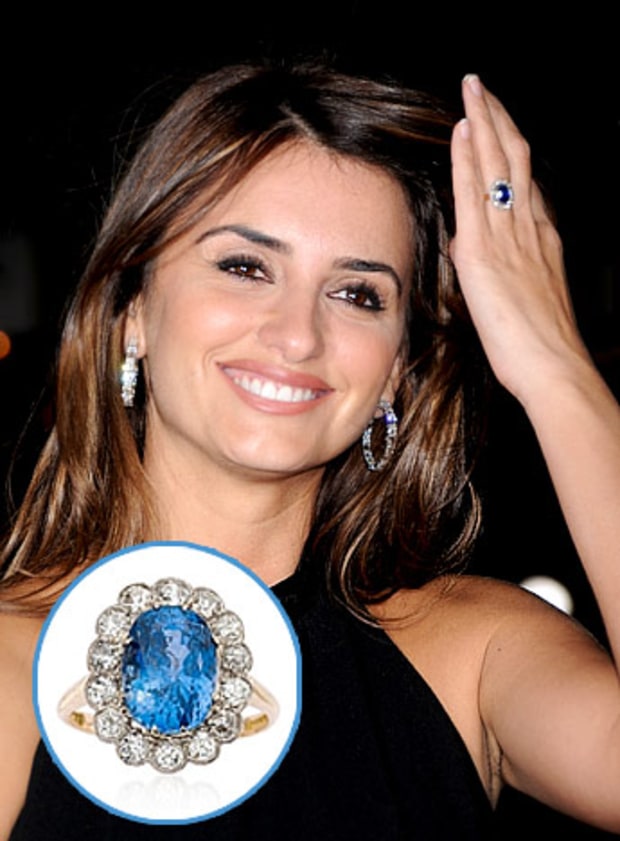
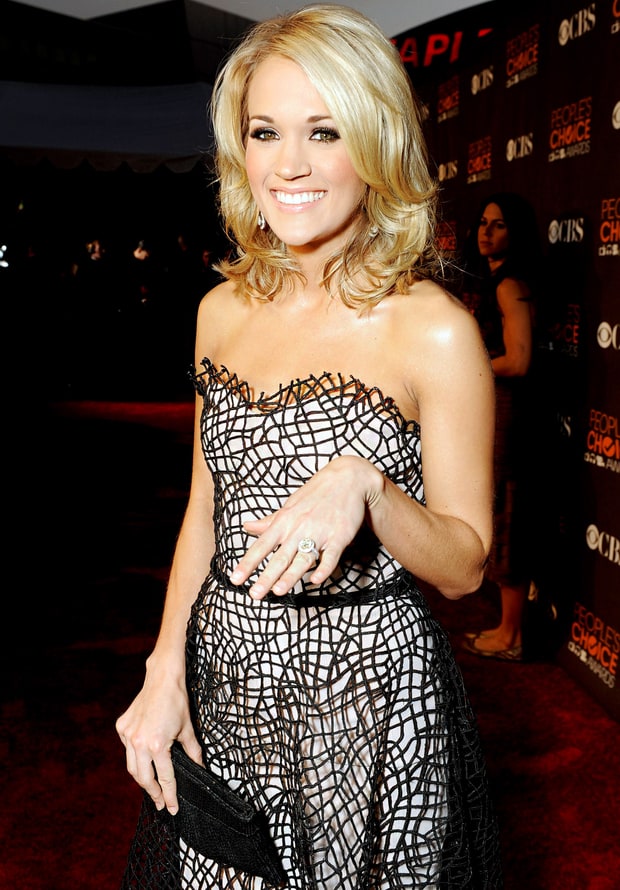
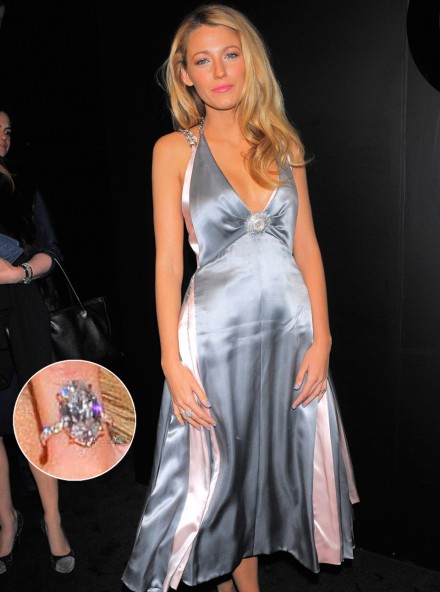
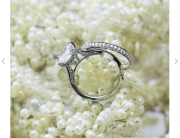
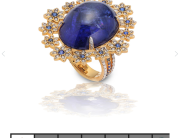
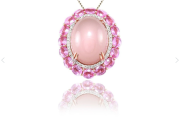
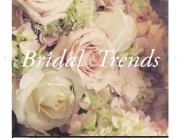
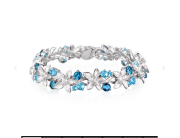
Leave A Comment